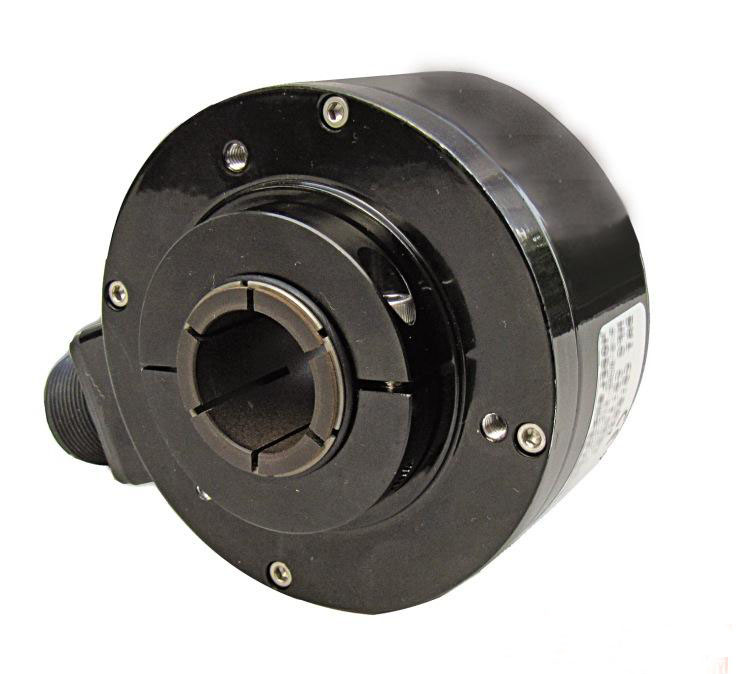Absolute encoder principle
Absolute encoder principle

There are many engraved lines on the code disc of the absolute encoder, and each engraved line is in sequence of 2 lines, 4 lines, 8 lines and 16 lines. . . . . . Arrangement, in this way, at each position of the encoder, by reading the open and dark of each engraved line, a set of unique binary codes from the zero power of 2 to the n-1 power of 2 (Gray Code), which is called an n-bit absolute encoder. Such an encoder is determined by the mechanical position of the encoder, and it is not affected by power failure or interference. The absolute encoder is determined by the uniqueness of each position by the mechanical position. It does not need to be memorized, does not need to find a reference point, and does not need to be counted all the time. When it needs to know the position, when to read its position. In this way, the anti-interference characteristics of the encoder and the reliability of the data are greatly improved.





